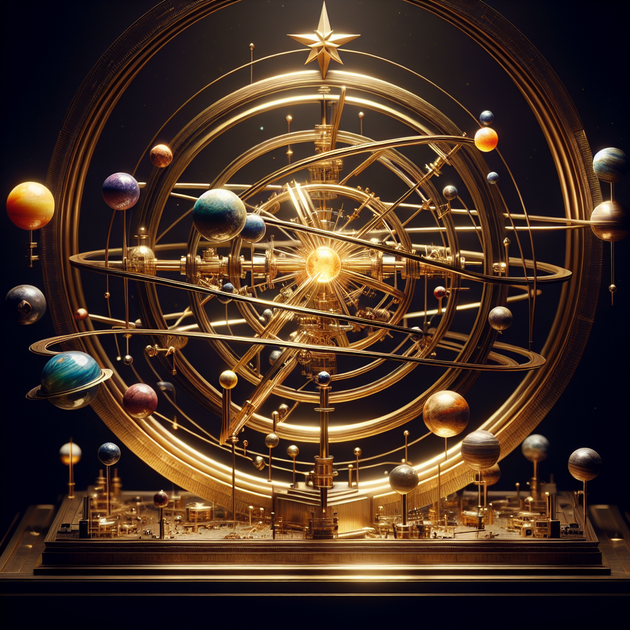Did you know that while we’ve been building intricate models of our own solar system for centuries, almost no one makes them for other star systems with exoplanets? If you’ve ever seen an orrery—those mesmerizing mechanical models showing planets circling the Sun—or a more ancient-looking armillary sphere, you might be surprised to realize they almost always focus on our backyard. That begs the question: why don’t we see an *orrery exoplanet system*?
What Is an Orrery (and How’s It Different from an Armillary Sphere)?
Let’s start with the basics. An orrery is a mechanical device that represents the positions and motions of planets around a central star—usually our Sun. You turn a crank and watch tiny spheres dance in real time (or at least much faster than the real thing). They’re both educational tools and works of art.
An armillary sphere, on the other hand, is even older. It looks like a set of rings nested inside each other and was used by ancient astronomers to model objects moving across the sky. Think of it as more symbolic—a kind of 3D map guiding early stargazers.
Both are stunning ways to visualize space. But when it comes to other stars with their own planetary families—what we call multiplanetary exosystems—it’s crickets!
Why Aren’t There More Orreries of Exoplanet Systems?
You’d think that with thousands of exoplanets discovered (some in tightly packed little groups), artists and educators would be all over making orreries for them. But here’s why you don’t see many—or any:
- Uncertainty: For most exoplanets, we only know a few details—like their distance from their star and maybe their size.
- Lack of Visual Data: We can’t actually “see” most exoplanets directly; they’re often detected by subtle wobbles or dips in starlight.
- Scale Problems: Some systems have planets so close together (or so far apart) that making a physical model gets tricky fast!
- Our Focus on Home: There’s something comforting about modeling what we know best—our own solar system.
But that hasn’t stopped everyone…
A Few Modern Takes on Exoplanet Models
Back in college, I remember seeing my astronomy professor holding up a 3D-printed model—not an elegant brass orrery but a simple representation—of the TRAPPIST-1 system. It was just colored beads on wires stuck into a foam ball “star,” but it instantly made those distant worlds feel more real.
And in recent years, thanks to 3D printing and creative educators online, some folks have started building physical models—not quite classic clockwork orreries, but still cool—from data about multiplanetary systems discovered by telescopes like Kepler and TESS.
If you’re interested in seeing one yourself—or even making one—here’s how to start:
- Check out open-source 3D print files (search “TRAPPIST-1 model” online).
- Visit science museums—some now include simple physical exosystem demos.
- Look up videos from planetariums; digital simulations are becoming more realistic every year.
- If you’re crafty, try making your own using beads, wire, and some basic measurements from NASA’s database!
The Future: Will We Build Orreries for Alien Worlds?
The truth is, as our knowledge grows—and especially as we get better data from missions like JWST—we might start seeing more elaborate models pop up. Imagine a future classroom where kids turn a crank not just to see Earth whirling around the Sun but also distant planets like Kepler-186f circling another star.
For now though? Most orreries remain focused right here at home.
So next time you see one shining in a museum display case (or spinning slowly in someone’s living room), think about how amazing it would be to watch another *orrery exoplanet system* in action—a miniature universe far from our own.
Have you ever tried making your own model of another star’s planetary family? Or seen any creative takes on this idea? Share your thoughts below—I’d love to hear your stories!

Leave a Reply